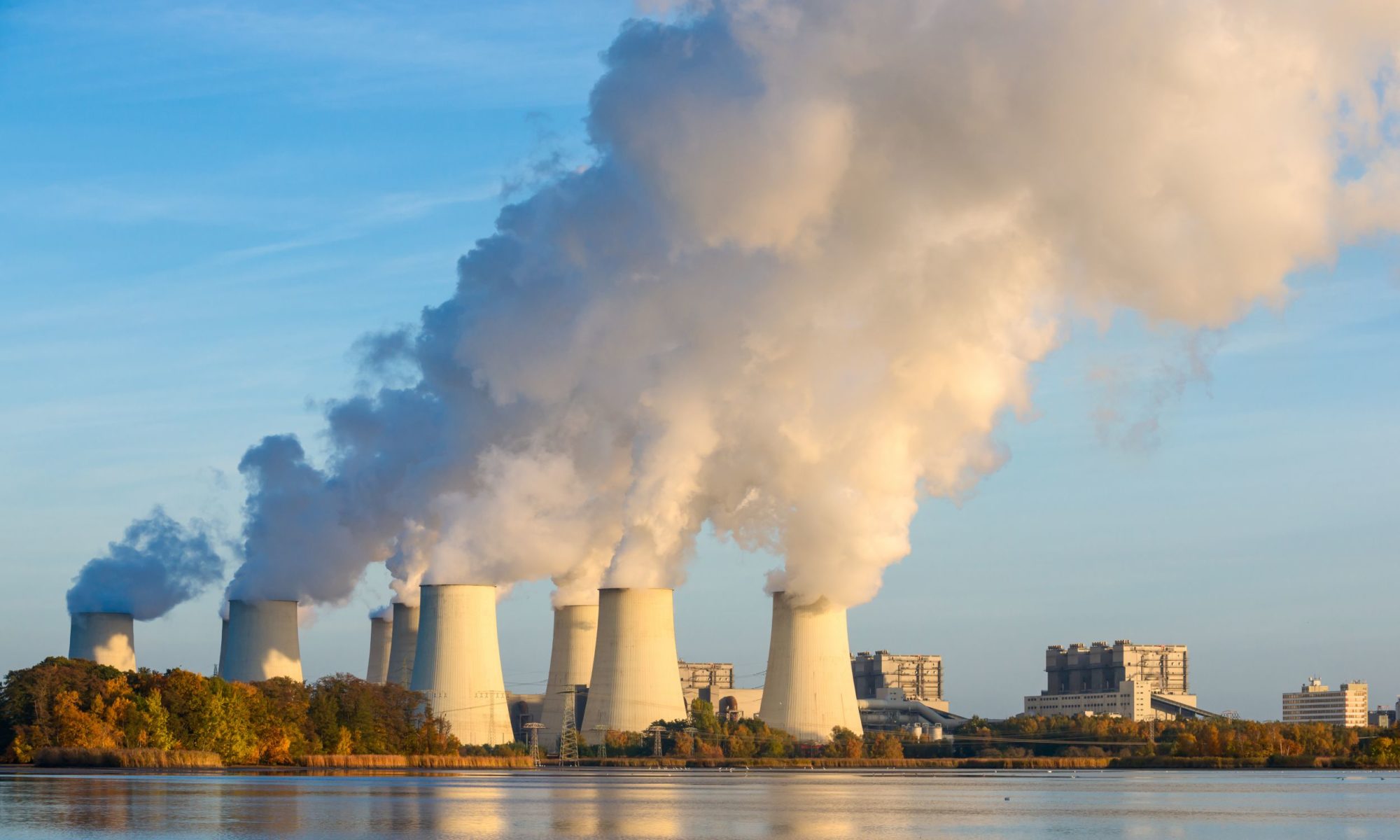
The study, which Near East University researcher Humphrey Adun is a part of, reveals that excessive dependence on CDR technologies applied to reduce carbon emissions can lead to significant environmental and socio-economic problems.
Some projects implemented within the scope of “Carbon Dioxide Removal” (CDR), which has come to the fore in the fight against global climate change, are reminiscent of science fiction novels. CDR, a climate geoengineering method that aims to remove carbon dioxide from the atmosphere, includes various methods such as direct air capture (DAC), bioenergy carbon capture and storage (BECCS), ocean fertilization and biochar. However, research shows that excessive dependence on these methods, which are quite costly, can lead to many environmental and socio-economic problems.
A new study published in Nature Communications sheds light on the potential negative effects of large-scale carbon dioxide removal (CDR) projects in Asia on energy, water and land balance. The study, conducted by Jeffrey Dankwa Ampah and Haifeng Liu from Tianjin University, Haewon McJeon from the Korea Advanced Institute of Science and Technology, and Humphrey Adun from Near East University, provides important information about the possible side effects of CDR applications.

Strict CDR applications may create new global problems!
The article emphasizes that excessive reliance on CDR technologies may lead to delays in combating climate change, contrary to its purpose. In scenarios where CDR technologies are used very intensively, carbon dioxide residual emissions are projected to remain at 8 gigatons of carbon dioxide per year until 2050. This means that reaching the net zero emission target may be delayed in many Asian countries.
Another issue warned in the study is land use and food security. High CDR applications may require the use of large areas of land. The researchers warn that this situation may lead to the reduction of agricultural land and thus jeopardize food security. On the other hand, some CDR technologies, such as bioenergy carbon capture and storage, require the use of large amounts of water. ıt is emphasized in the research that this could further exacerbate the problem in regions where water resources are already scarce.